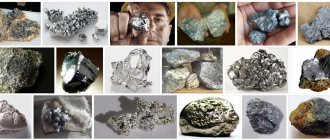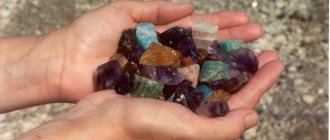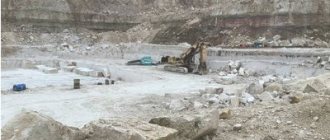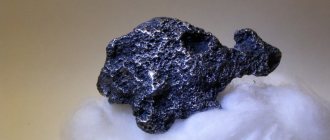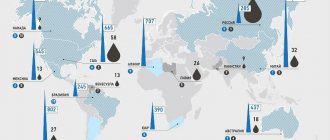Humanity learned about diamonds seven thousand years ago. The first diamonds were discovered in India in the form of placers. It was there that the largest diamonds in human history were discovered. People often paid for the possession of these stones with blood and life. Every large diamond known in the world has its own bloody history.
At the end of the 19th century, when Indian diamond mines were already depleted, diamonds were discovered in bulk in the Great Namib Desert in southern Africa. They say that the workers hired to search for diamonds groped in the sand, completely naked with finds jars tied around their necks. When releasing workers from the mine, a thorough search was carried out, but even with such a strict approach to the accounting of diamonds, jewelry still managed to be smuggled in in wounds specially inflicted for this purpose. It was in this way that the largest Shah diamond was removed from the mine.
Diamonds are already cut diamonds, processed in a special way, which can put the economy of any, even the most backward, country on its feet. That is why the so-called diamond fever covered all continents and countries of the world.
Diamond mining
Diamonds are amazing stones with unique properties and, among other things, they are very rarely found in nature. Diamond mining is an extremely labor-intensive process, which will also require considerable investment, especially at first.
Diamonds are formed 400 km from the earth's surface in the earth's mantle , at high temperatures and enormous pressure. Diamonds are brought to the surface of the earth by magma erupted from the crater of a volcano, and thus kimberlite pipes appear. Placers are already secondary diamond deposits; they are formed during soil erosion, mainly in the beds of reservoirs, at the bottom of coastal sea and river areas.
From approximately 1 ton of rock, no more than 1 carat of diamonds can be isolated. But that is not all. The main thing is to discover mines containing kimberlite or lamproite pipes. It happens that more than a dozen years pass from the start of a diamond mine to its launch. We present to you the rating of diamond mining countries:
The path from kimberlite to diamond
The process of diamond formation is very long. These precious crystals “grow” for hundreds of years. They can remain underground for several million more, changing, under conditions of enormous pressure and constant high temperature, the trigonal shape of the graphite crystal lattice to the tetrahedral shape of diamond.
The explosion of magma “pushes” the rock to the surface, resulting in the formation of kimberlite pipes. These are primary deposits, which under the influence of natural factors can be transformed into secondary deposits - placers.
Interesting! After mining, suitable nuggets are selected for jewelry factories. Where cutting masters give the stones shine and a shape familiar to jewelry. From the moment it is extracted from the ground until it reaches the counter of a jewelry store, the price of a diamond can increase tenfold.
Australia
Until recently, Australia was one of the leading diamond mining countries. But at present its reserves have been greatly depleted; now diamond mining there is carried out mainly near the city of Kimberley in the Argyl mine. It was here that very rare pink crystals were recently discovered, which have a very high price and are sold only through auctions. But scientists estimate that the diamond reserves at this mine will be completely depleted by 2022.
Areas of application ?
Wherever diamonds are not used.
Cathodoluminescence of a cut diamond
Our employee

